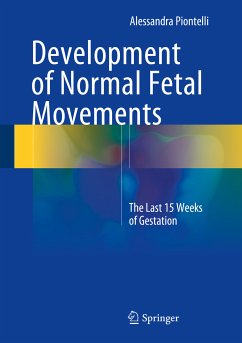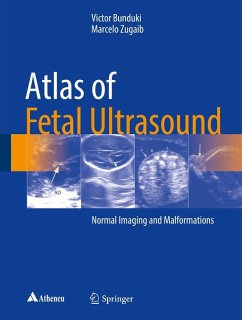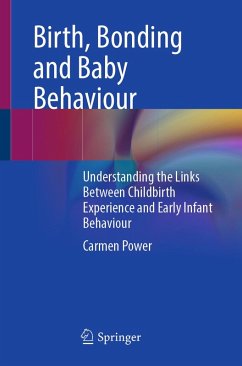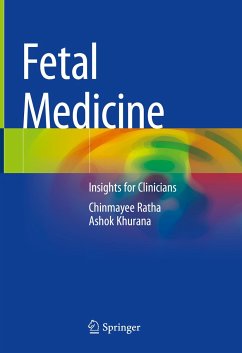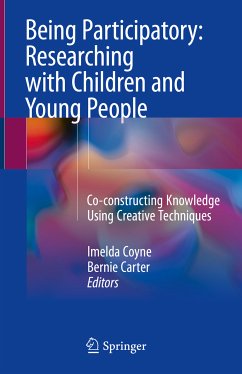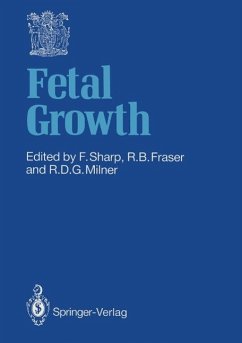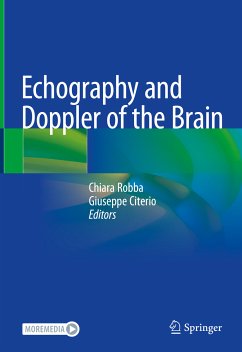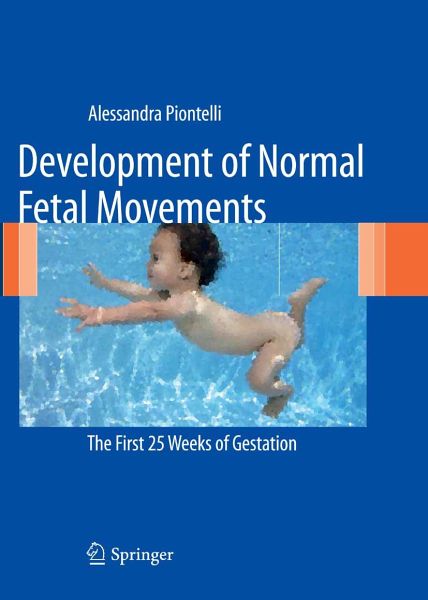
Development of Normal Fetal Movements (eBook, PDF)
The First 25 Weeks of Gestation
Versandkostenfrei!
Sofort per Download lieferbar
72,95 €
inkl. MwSt.
Weitere Ausgaben:

PAYBACK Punkte
36 °P sammeln!
This work sees the light for various reasons. There is a general lack of detailed information about the earliest stages of human motor development. The reasons for this are explained more fully in the Introduction; here we may simply state that, apart from their intrinsic interest, earlier phenomena are fundamental to the comprehension of later phenomena rooted in them, whether pathological or normal. This is especially so in the rapidly - veloping young organism. At birth the neonate is catapulted into a profoundly different physical and social envir- ment requiring extremely diverse function...
This work sees the light for various reasons. There is a general lack of detailed information about the earliest stages of human motor development. The reasons for this are explained more fully in the Introduction; here we may simply state that, apart from their intrinsic interest, earlier phenomena are fundamental to the comprehension of later phenomena rooted in them, whether pathological or normal. This is especially so in the rapidly - veloping young organism. At birth the neonate is catapulted into a profoundly different physical and social envir- ment requiring extremely diverse functioning: suffice it to mention aerial respiration, no longer being fed through the placenta and the cord, and the full impact of gravity on neonatal movements. The neonate generally adapts smoothly to the transition, as it has been equipped to do so during the 9 months of pregnancy. However, the study of the early stages of fetal motor development should not be exclusively directed towards the und- standing of functioning in the neonate.
Dieser Download kann aus rechtlichen Gründen nur mit Rechnungsadresse in A, B, BG, CY, CZ, D, DK, EW, E, FIN, F, GR, HR, H, IRL, I, LT, L, LR, M, NL, PL, P, R, S, SLO, SK ausgeliefert werden.




